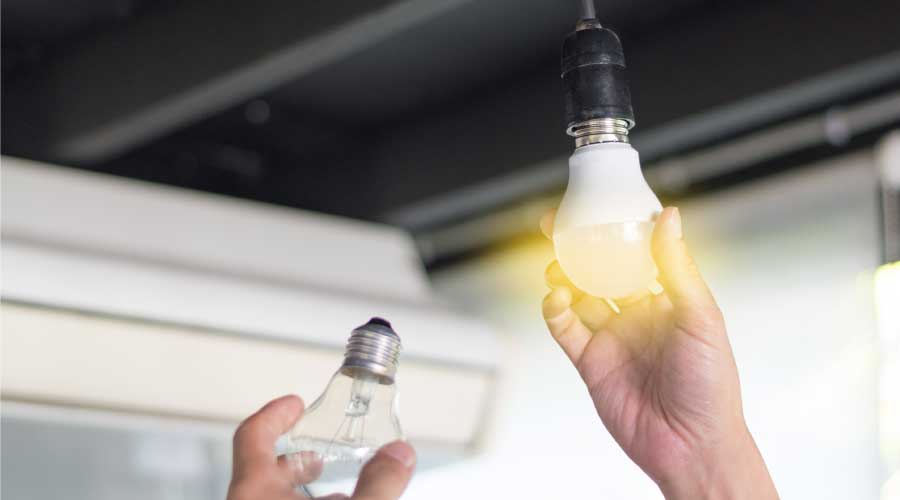Daylight Harvesting: What is Photopic Correction?
The photosensor's spectral response describes its sensitivity to optical radiation of different wavelengths. Photosensors can respond to a greater range of the electromagnetic spectrum than the visible light portion — the part the human eye can see.
For example, the photosensor can respond to ultraviolet and infrared radiation and dim the lights unnecessarily, which can lead to occupant complaints. For this reason, managers specify filters to match the photosensor's detector to the human eye as closely as possible.
"Daylight by nature has infrared, ultraviolet, and visible light, but the human eye is sensitive to visible light only," Trevino says. "If the goal is to control electric lighting in response to incoming daylight in a way that satisfies the human eye's visual needs, then a photosensor must have the same type of sensitivity as the human eye."
When daylight and an electric light source mix in the same space at different levels, the photosensor's control algorithm automatically should undergo photopic correction. Open-loop and closed-loop proportional control algorithms can accomplish this.
But when daylight and two spectrally different types of electric lighting — such as fluorescent and incandescent — mix in the same space, correction is not possible with today's technology.
"The problem with photopic correction is that it becomes very situational," Dittmann says. "An installation may have initially a certain type of lamp installed, such as a cool, white fluorescent lamp. The control system may have corrected for that color.
"Years later, the lamps may be replaced with a warmer-color lamp. The shift in colors is not insignificant and could cause the control settings to not be correctly applied."
Related Topics:















